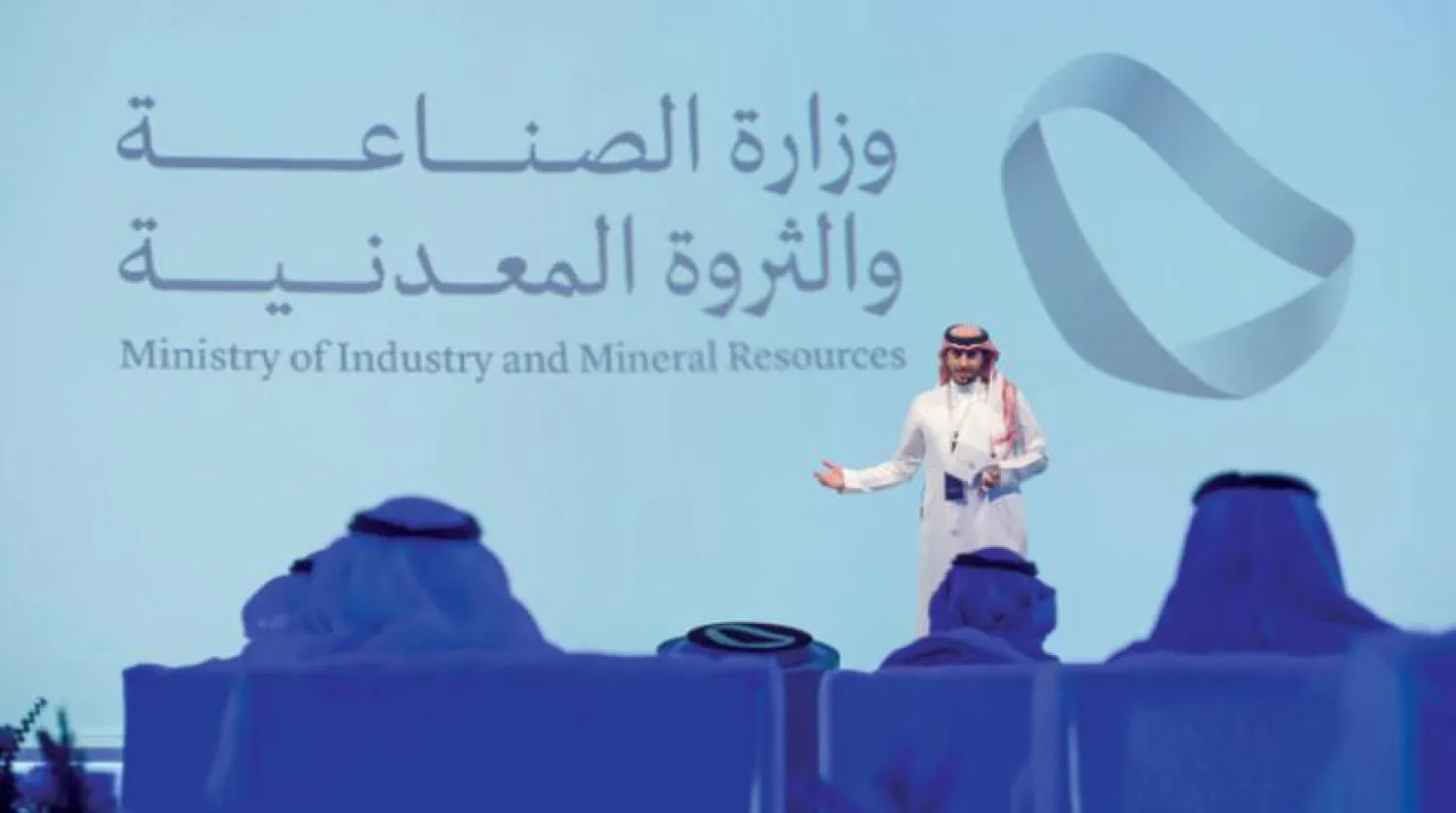Saudi Arabia 's mining complexes reached 360, according to data released by the Saudi Ministry of Industry and Mineral Resources.
Under Vision 2030, mining is the third pillar of Saudi Arabia's economic development, after energy and petrochemicals.
The Makkah region took the lead with 72 facilities, Riyadh with 52, and Madinah with 52. The rest of the complexes are scattered across the Kingdom.
The report also said the Kingdom has 70 reserves sites for mining activities.
The Ministry said these mining complexes extract gold, copper, zinc, aluminum, magnesium, iron, silica, gypsum, limestone, clay, and various other industrial materials.
Limestone ore, bauxite, and phosphate ore are among the minerals widely used in the Kingdom's manufacturing industries.
The Ministry confirmed that the mining facilities have become a steady source of jobs for Saudis and offer different positions such as quarry official, mechanical technician, electrical technician, geologist, and mining engineer.
The Ministry aims to govern the mining sector, enhance its transparency, and increase investor confidence. It also seeks sustainability for the industry and motivates local communities to participate in the mining sector's growth paths following investments in the mining sector.
It aims to develop the areas adjacent to the mining projects by employing people from the nearby regions, increasing local purchases from the local market, and developing plans for effective communication in the area surrounding the project.
In January, the Ministry will launch Future Minerals Summit with the participation of more than 50 international speakers will attend the summit. The Ministry confirmed that ministers from over 25 Asian and African countries will also hold a meeting.









